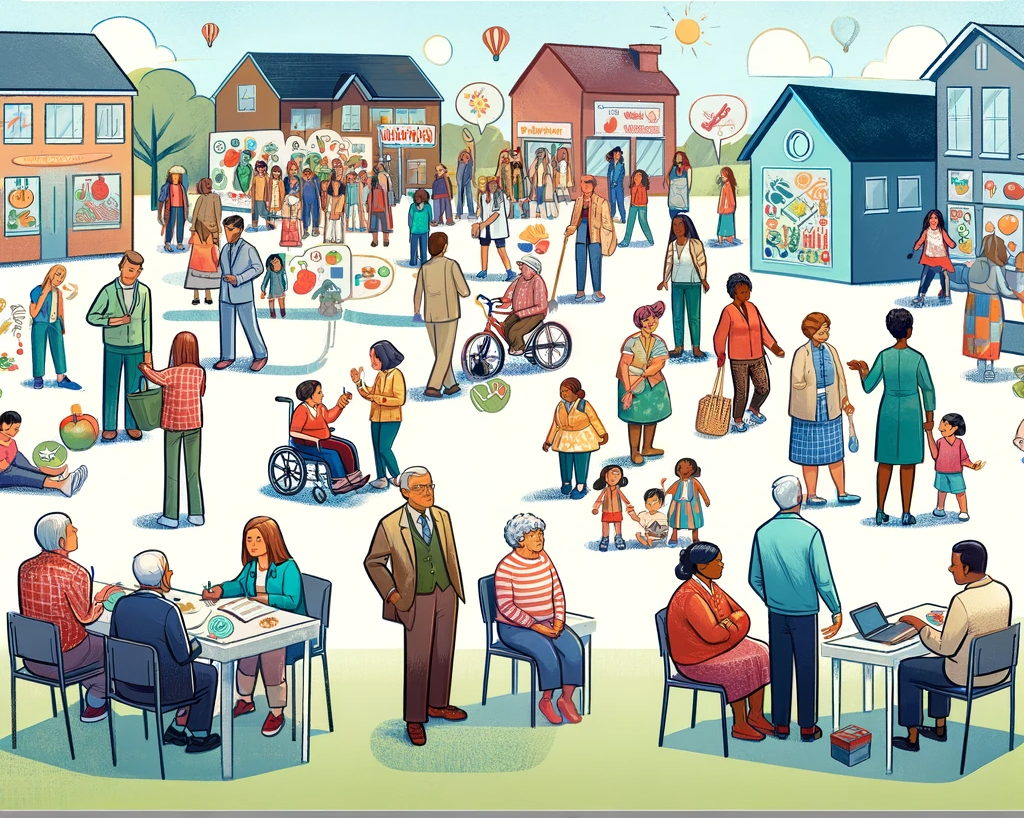We love change processes and aim to make them more fluid, targeted, and strategic.
Today, we explore the article Matching barriers and facilitators to implementation strategies: recommendations for community settings published in Implementation Science Communications. At its core, this field seeks to seamlessly integrate evidence-based interventions (EBIs) into real-world settings, a mission critical for enhancing community health outcomes.
Bridging the Gap: From Clinical to Community Settings
The article underlines a pivotal challenge: transferring the wealth of knowledge and methods from clinical research to community settings. With their diverse missions and limited resources, community environments contrast starkly with the more resource-rich clinical settings. This difference creates a unique hurdle when applying implementation strategies meant for clinical settings to community-based public health initiatives.
The CFIR-ERIC Match Tool: A Step Towards Customization
The researchers in this study focused on using the CFIR-ERIC match tool, a resource designed to identify potential implementation strategies to overcome barriers in the uptake of nutrition and physical activity policies in community settings. However, they found that the useful tool doesn’t completely align with the unique needs and challenges of community settings. The article argues for the development of a more pragmatic and community-tailored tool.
The Need for a Novel Approach
The heart of the article lies in recognizing that community settings require their own strategies and tools. The proposed solution is a new, user-friendly tool that addresses the specific barriers and facilitators in community settings, thereby accelerating the practical application of research findings in these environments.
Practical Recommendations for Community Health
The article suggests several key steps forward:
- Develop Accessible Tools: Create tools that are easily understandable and usable by community practitioners, without the need for extensive resources or specialized knowledge.
- Adopt a Strength-Based Approach: Shift the focus from merely overcoming barriers to also capitalizing on existing strengths and facilitators within community settings.
- Inclusive Tool Development: Ensure the new tool is developed with input from a diverse range of community practitioners and settings, making it broadly applicable.
Towards a More Inclusive Implementation Science
The article concludes by emphasizing the need for a more tailored approach to implementation science in community settings. It calls for ongoing research and collaboration to develop tools and strategies that are both practical and effective in these diverse environments.

